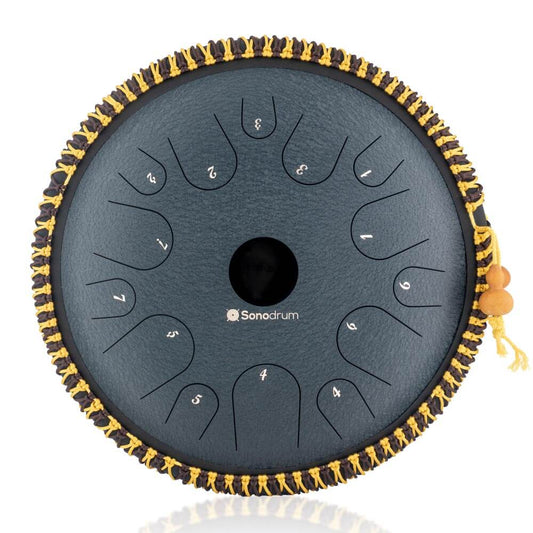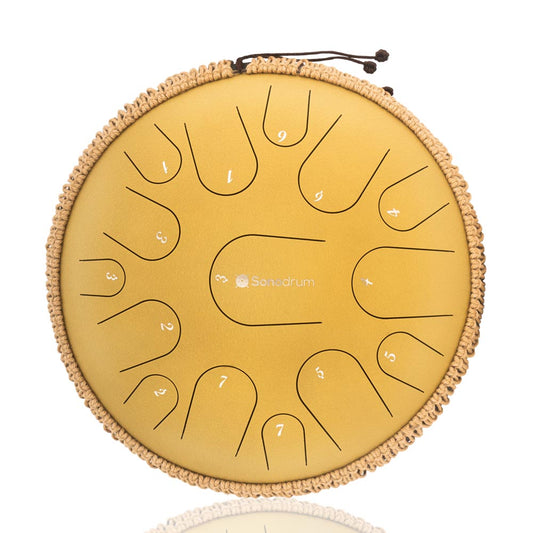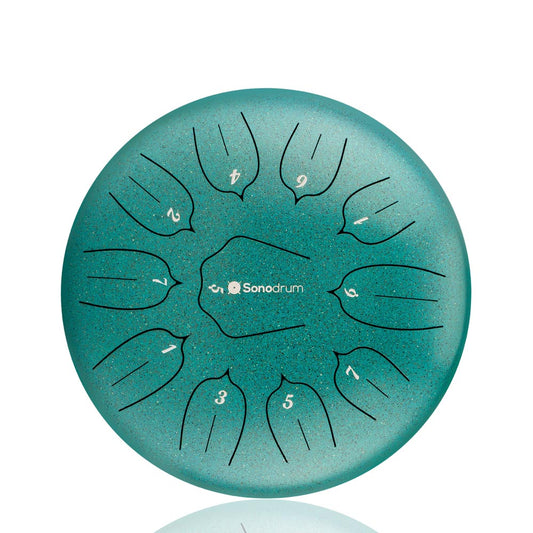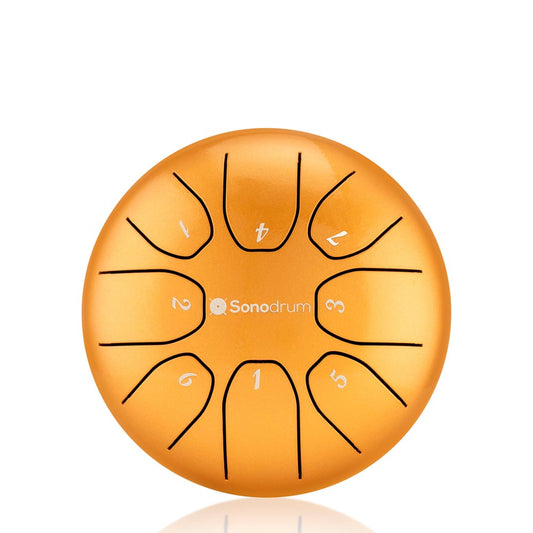The tongue drum, with its enchanting and ethereal tones, has captured the hearts of musicians and enthusiasts alike. While playing with mallets is a common approach, learning to play with your hands opens up a world of expressive possibilities and intimate connection with the instrument. In this comprehensive guide, we'll delve into the techniques and nuances of playing the tongue drum with your hands, empowering you to unlock its full potential.
Embracing Hand Drumming: Why Play with Your Hands?
Playing the tongue drum with your hands offers a tactile and intimate connection with the instrument. It allows for greater control over dynamics, tone, and expression, enabling you to infuse your playing with emotion and nuance. Additionally, hand drumming encourages creativity and improvisation, as you explore the unique textures and resonances produced by your fingertips.
Getting Started: Hand Position and Technique
Before diving into playing the tongue drum with your hands, it's essential to establish proper hand position and technique. Start by positioning the drum on a stable surface, ensuring it is within comfortable reach. Place your hands gently on the tongues, keeping your fingers relaxed and slightly curved. Experiment with different hand positions and angles to find what feels most natural and comfortable for you.
Exploring Basic Strikes and Techniques
Begin by experimenting with basic hand strikes to produce sound from the tongues. Use your fingertips to gently tap or stroke the tongues, varying the intensity and speed to create different dynamics. Explore different parts of the tongue surface to discover unique tones and textures. Experiment with techniques such as palm muting, finger flicks, and percussive slaps to add depth and variety to your playing.
Mastering Dynamics and Expression
One of the advantages of playing the tongue drum with your hands is the ability to control dynamics and expression with precision. Practice modulating the intensity of your strikes to create subtle changes in volume and tone. Experiment with articulation and phrasing, using techniques such as legato slides, staccato accents, and vibrato embellishments to convey emotion and musicality.
Developing Rhythm and Groove
Rhythm forms the backbone of music, and mastering rhythm on the tongue drum with your hands is key to unlocking its rhythmic potential. Practice playing simple rhythmic patterns and grooves, focusing on maintaining a steady tempo and consistent pulse. Experiment with syncopation, polyrhythms, and groove variations to develop your sense of groove and musicality.
Unlocking Creative Potential: Improvisation and Composition
Playing the tongue drum with your hands offers boundless opportunities for creative expression and exploration. Embrace improvisation as a means of self-expression, allowing your intuition and instincts to guide your playing. Experiment with melodic motifs, rhythmic patterns, and harmonic progressions to create original compositions and musical landscapes that reflect your unique voice and personality.
Conclusion: The Journey of Hand Drumming
In conclusion, playing the tongue drum with your hands is a deeply rewarding and enriching experience that allows for profound musical expression and connection. As you embark on your journey of hand drumming, remember to embrace curiosity, patience, and perseverance. Explore the endless possibilities of sound and rhythm, and allow yourself to be inspired by the beauty and wonder of the tongue drum. With dedication and practice, you'll unlock new realms of musical creativity and expression, enriching your life and those around you with the mesmerizing sounds of the tongue drum played with hands.




